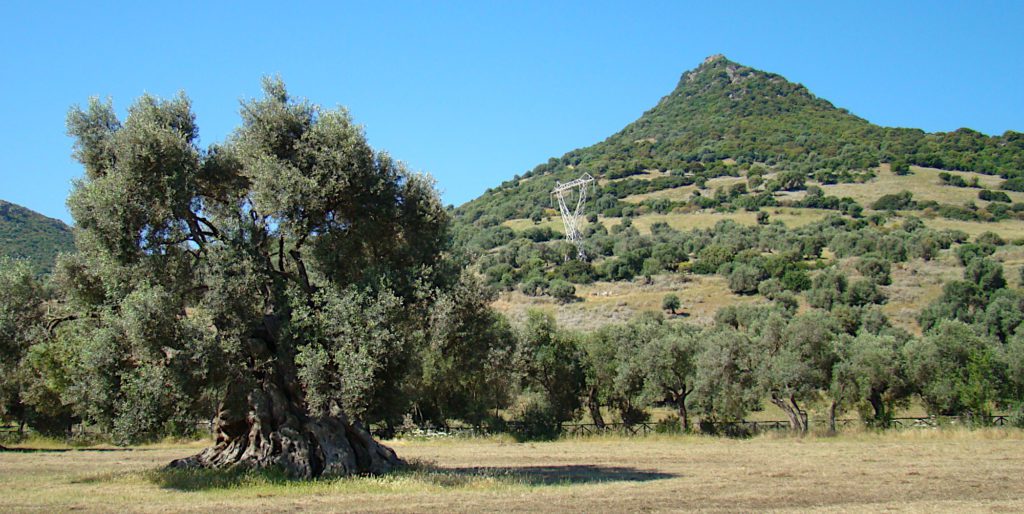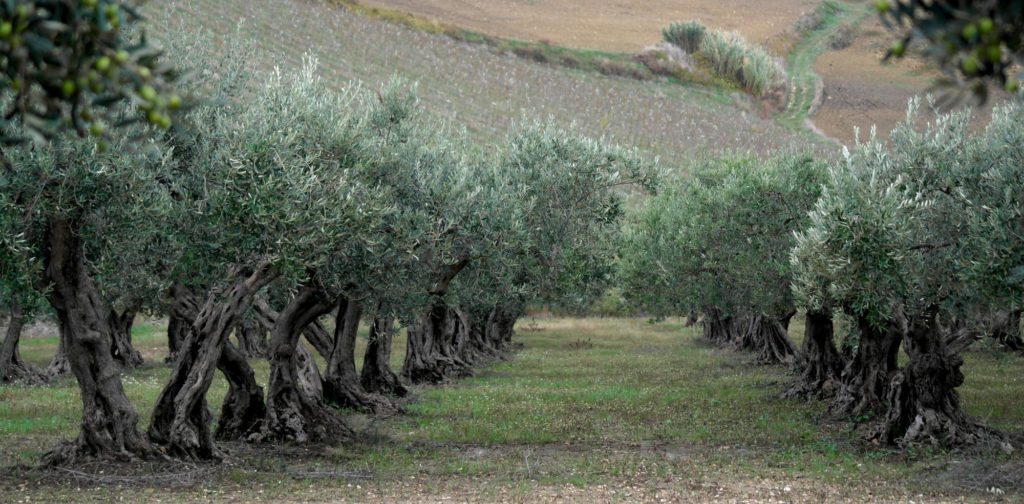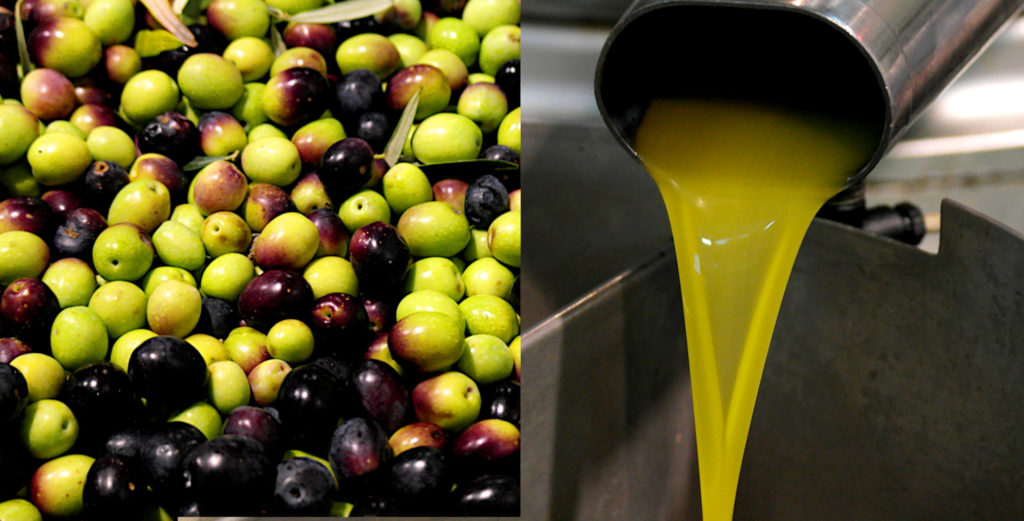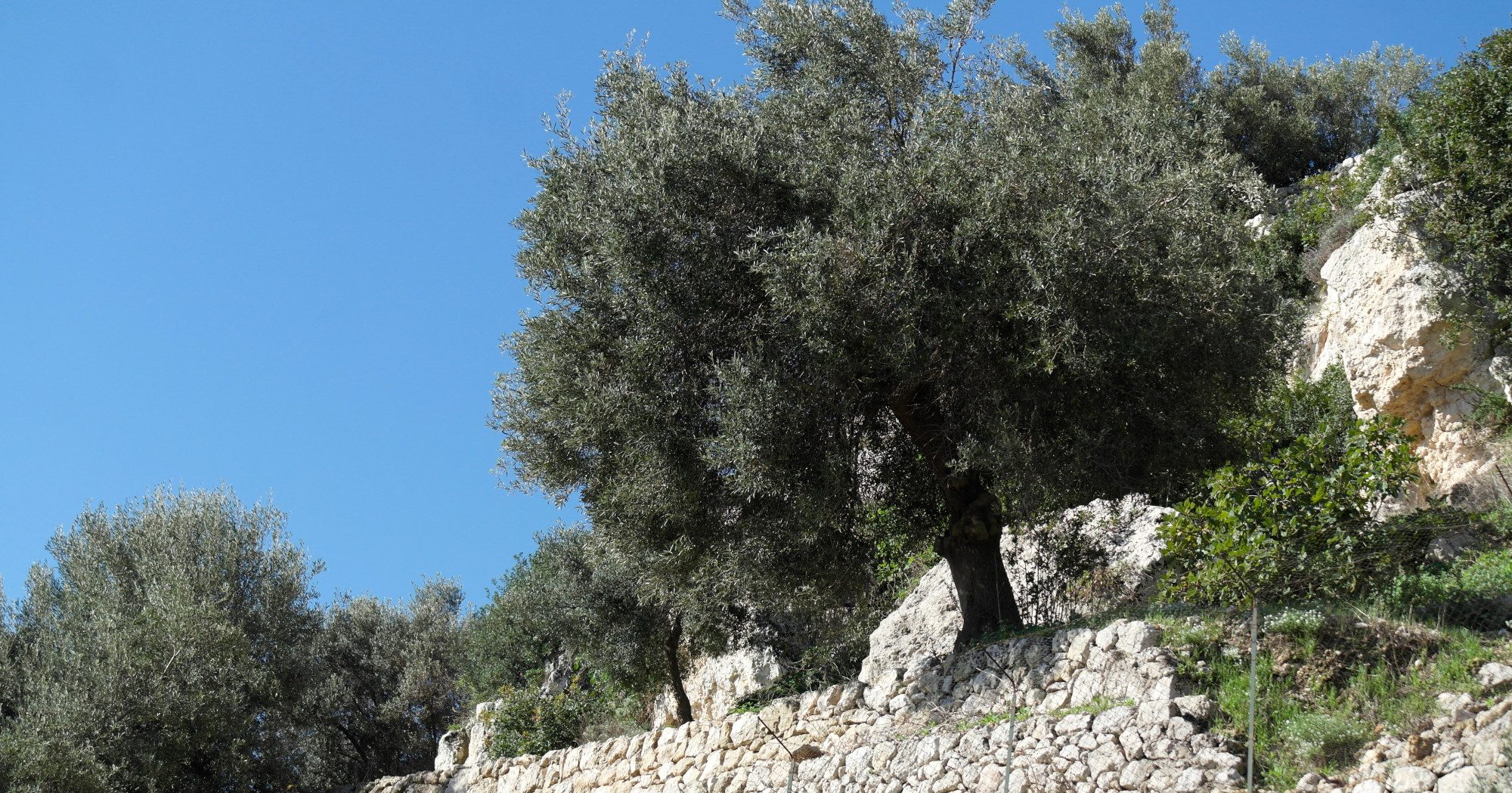There are special loves, resisting everything, and when everything around collapses, they become stronger than before.
Years, centuries, millennia… this symbiotic love between men and olive trees in the Mediterranean last since 6000 years!

The prince of the Mediterranean cuisine
It’s the prince of the Mediterranean cuisine, lifestyle, and landscapes, the olive tree is an extraordinary concentrate of beauty and generosity, decorating countryside and gardens, providing wood, olives and above all the extra virgin olive oil.
It’s easy to say olive oil… but this is the Med, nothing is simple and straightforward here, there’s an infinity of languages, wines, bread, architecture, boats, music, philosophies, and religions.
No ways Olive Oil can escape this rule!

Olives everywhere…
We have hundreds of different varieties called “cultivars”, scattered along the coasts of the entire Mediterranean basin.
Each country has its own peculiarities, some true some perhaps less true, but still beautiful to tell.
Spain is the biggest producer in the world. Portugal is famous for intensive cultivation. In Morocco and Tunisia, they have cultivated olive trees since Roman times. Greece has the highest consumption per capita. In Cyprus, they have been producing perfumed essences for over 3000 years. In Croatia were produced the finest Olive oil of the Roman Empire. In Turkey, the consumption was so high that they had to import it from Puglia. In Malta, the olive trees grow in pits filled with seawater. In Lebanon, there’s is “The Sisters” olive grove, the oldest trees in the world. In Israel, there was the Garden of Gethsemane. Finally Syria, Jordan and Palestine, where it all began…

Main cultivars of the Med
Without any scientific and exhaustive claim, but just to reduce this complexity, we make a list of some of the main cultivars present in the Mediterranean.
- Agrinion, Greece. From one of the oldest tree species. Fruity and tangy taste,
- Arbequina, Spain. Widespread in Catalunya, has a small size and brown color,
- Barnea, Israel/Palestine. It produces an excellent oil with characteristic hints of green leaf,
- Beldi, Maroc. They are traditionally harvested very ripe, dried in salt and preserved in oil,
- Bosana, Italy. The most popular olive in Sardinia, coming from the pretty village of Bosa,
- Nocellara del Belice, Italy. This bright green and sweet olive is maybe the most known in Italy,
- Cerignola, Italy. The queen of aperitifs, better known as “Bella di Cerignola”, comes from Puglia,
- Gemlik, Turkey. Rich in oil with a deep flavor, mainly used as a table olive,
- Gordal, Spain. Huge size olive from Andalusia, excellent table olive that doesn’t contain much oil,
- Kalamata, Greece. The most known Greek olive,
- Leccino, Italy. Originating from Tuscany, it’s very good for both table and oil,
- Manzanilla, Spain. From Andalusia, it’s one of the most popular olive all around the world,
- Niçoise, France. An essential ingredient of the Provençal Niçoise salad,
- Nyon, France. Small and wrinkly olives from the south of France,
- Oblica, Croatia. It’s the most common olive in Croatia, producing a gentle and soft oil, great with fish,
- Picholine, France. Small in size, as its name suggests, it is perhaps the most famous French olive in the world,
- Souri, Lebanon. Really aromatic taste with a high yield of oil,
- Taggiasca, Italy. The small Ligurian olive, great both for oil and tasty table olives.


